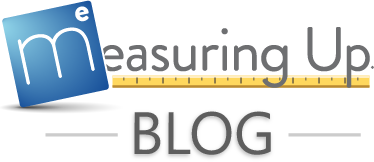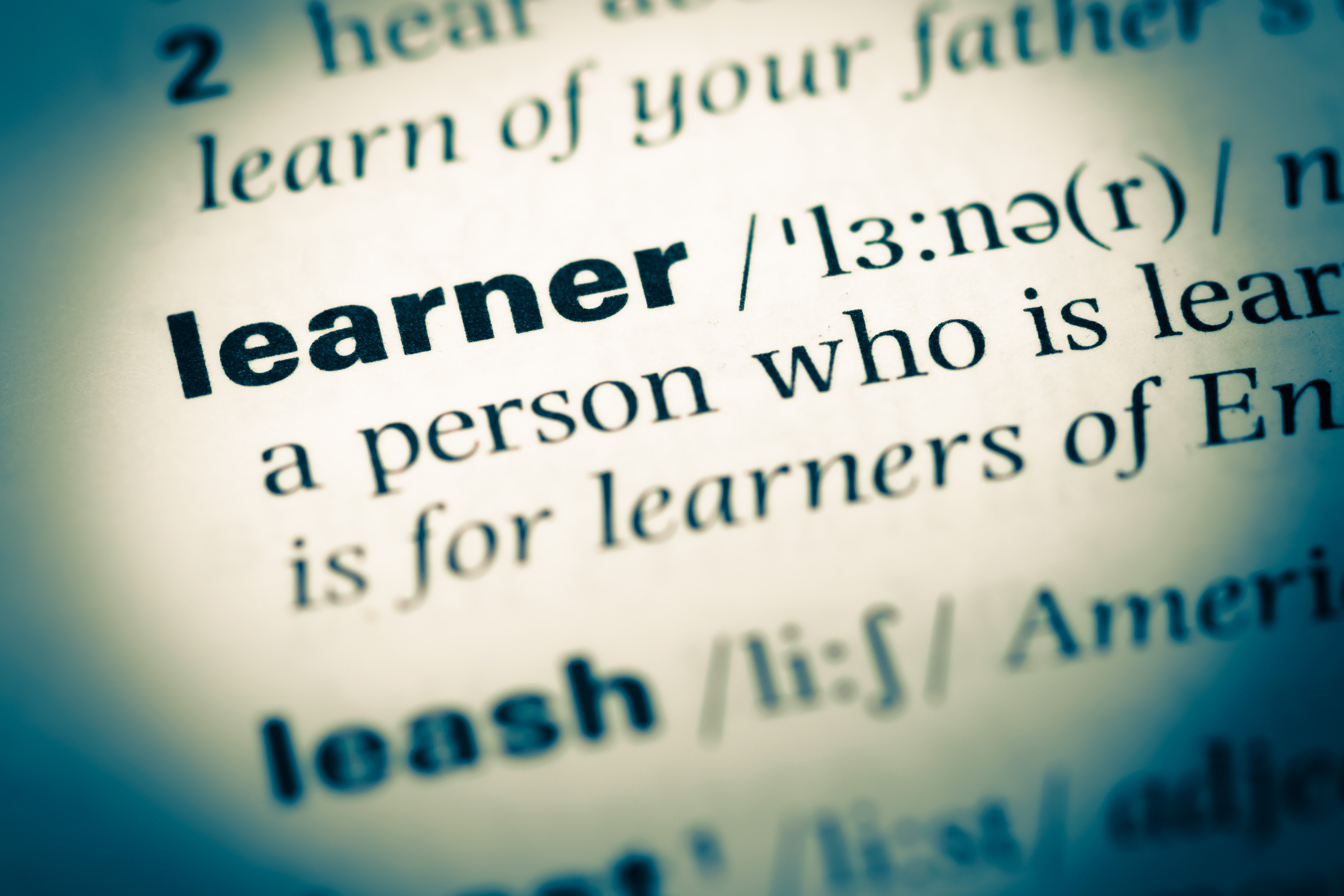Are the Tools You Use to Help English-Language Learners Measuring Up?
English Language Learners (ELLs) are the fastest-growing segment of the school-aged population[1] in the U.S. educational system, with many schools needing instructional support to meet the needs of these learners. In places that don’t have large numbers of ELLs and programs to support that population, one could argue it’s even more critical to prepare educators in specializing or modifying instruction to support English learners as they not only learn academic content, but also develop key language acquisition skills.
A recent analysis by Taylor & Francis Online[2] suggests that even academic content tests are linguistically complex, using words likely unknown by an ELL. That’s why testing poses unique challenges for this student population. Tailored tools and options for ELLs to allow educators to take a targeted approach and individually connect with each student in order to address their unique needs for instruction.
Research in the field of language acquisition[3] suggests that using multiple media to provide visual aids, providing repetition along with additional practice, and highlighting and teaching key vocabulary words are some of the methods that have shown to be effective for enhancing instruction for ELLs. Instruction becomes even more powerful when educators have access to data, which drives instruction and adaptive standards-based practice, in order to target the needs of ELLs.
With this challenge in mind, here are some tips for supporting English-Language Learners when preparing for high-stakes testing:
- Developing oral language skills is critical for the development of literacy skills. In listening to language used in speaking, ELLs use context to figure out what words mean and learn about sentence structure and word order. Oral language and listening skills are a critical step in accessing written language. Educators can encourage this using prompts such as “turn and talk” and pairing students to discuss reading passages or verbalize how they worked through a problem.
- Academic language differs from conversational English in that it is more complex and it is not typically encountered in everyday settings. Effective teaching includes planned speaking practice so that students have both formal and informal practice using academic English.
- Students may struggle to use linking words and phrases such as “because,” “therefore,” and “for example” to connect opinions to reasons. Remind students that linking words and phrases help them connect ideas and sentences, which allows readers to follow what they are trying to say or write.
- Some ELLs may need extra help coming up with different ways to state their opinions. Give them several sentence starters like “I believe…” “I think…” and “My opinion is…”
- When teaching math, use visual aids. For example, to show examples of fractions, divide a whole circle into equal parts.
- Develop writing skills by allowing students to jot down notes before beginning formal writing. In this way, students can build from writing fragments to forming sentences, constructing paragraphs, and finally to writing full essays.
Seeing growth and improvement can be a huge motivator for an ELL student. But educators won’t know if growth is taking place if it’s not measured. Regular student benchmarking can show not only what they’ve learned, but give educators the tools to plan future lessons. Utilizing portfolios to show writing progress over time can also be a great motivator.
In addition, ELLs need support to prepare for and thrive during high-stakes testing. The Measuring Up suite of print and digital solutions prepares all students for their state assessments, and further supports educators with teaching tips and guidance for ELL in the state-specific instructional worktexts.
Mastery Education, the creators of Measuring Up, constantly strives to provide richer and deeper learning experiences to prepare students of all backgrounds, including ELLs, for the challenges of mastering today’s standards and unlocking all the possibilities of a brilliant future.
Choose a partner that evolves with the ever-changing education landscape. To learn more, visit MasteryEducation.com today!
Sources:
[1] http://edglossary.org/english-language-learner/
[2] http://www.tandfonline.com/doi/abs/10.1080/00405841003626619
[3] http://www.cal.org/create/publications/briefs/effective-practices-for-increasing-the-achievement-of-english-learners.html

